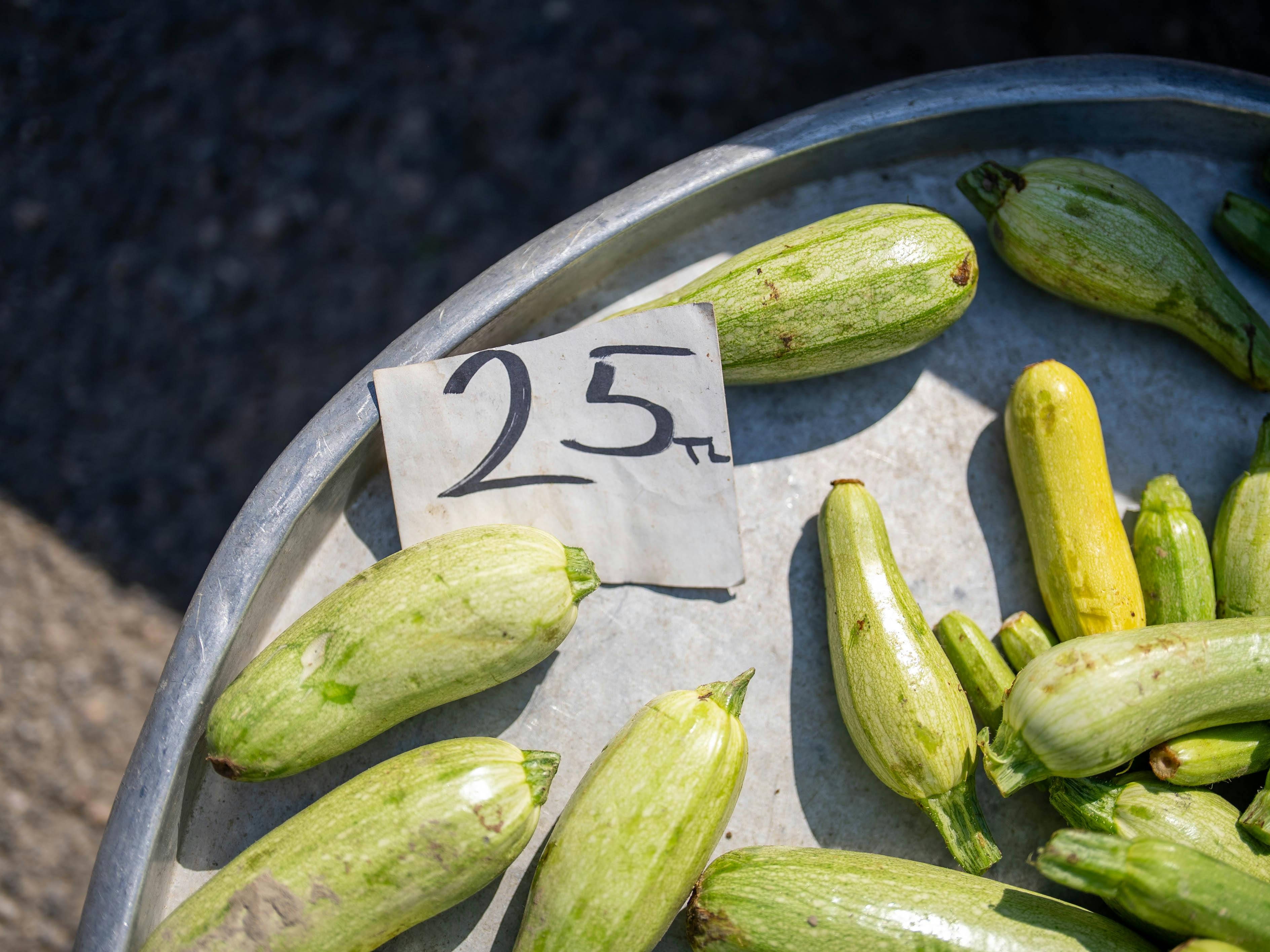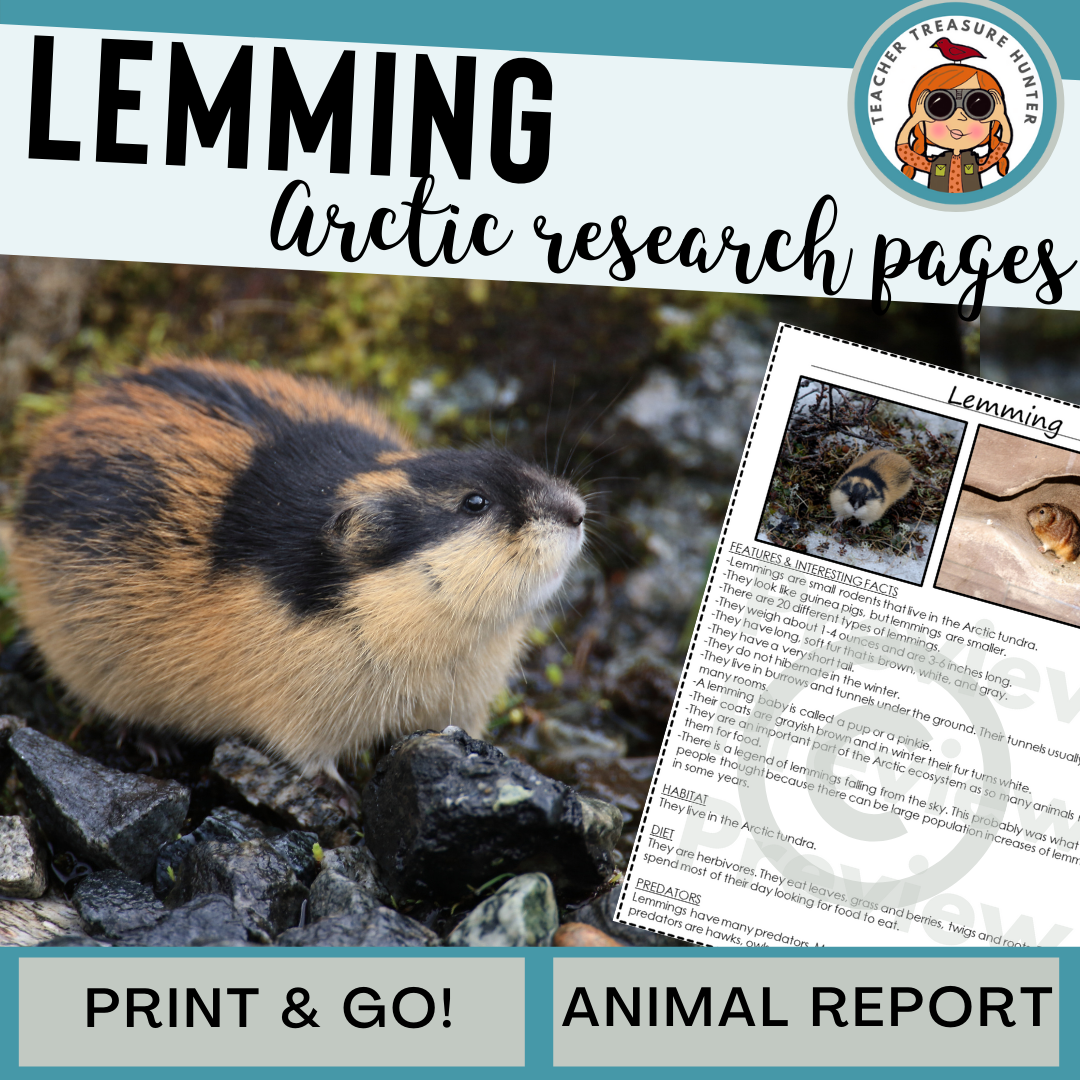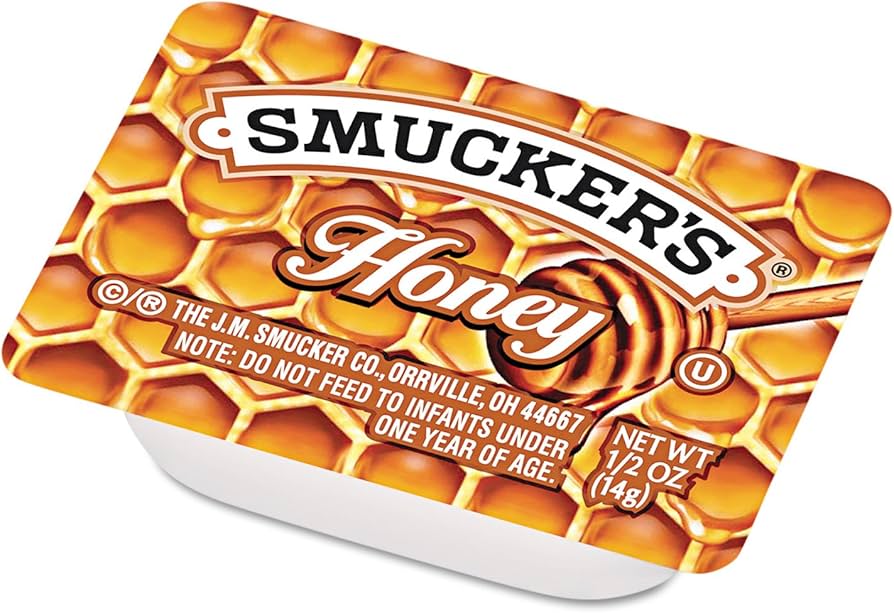Top 5 Effective Strategies for an Improved Weasel Diet in 2025

Top 5 Effective Strategies for an Improved Weasel Diet in 2025
As we step into 2025, understanding the dietary needs of weasels and moles has never been more critical. Weasels are fascinating carnivorous mammals that play a significant role in their ecosystems, and their diets are crucial for their health and longevity. Moles, often overlooked, have specific nutritional requirements that complement the weasel's diet in various habitats. This article outlines five effective strategies for enhancing the weasel diet, ensuring a balanced and nutritious feeding plan. We will delve into food sources, nutritional needs, and the benefits of tailoring diet plans for these remarkable animals.
By adopting these strategies, pet owners and wildlife enthusiasts can contribute to the health and wellbeing of both weasels and moles. Key takeaways will highlight the importance of understanding these animals' unique eating habits as we explore their dietary preferences and the ecological impacts of their feeding behaviors.
Essential Nutrients for Weasels and Moles
Understanding the essential nutrients for weasels and their connection to moles is the first step in improving their diets. Weasels thrive on high-protein diets, primarily consuming small mammals, birds, and insects. Moles, while more specialized in their eating habits, rely heavily on earthworms and grubs, providing essential energy and nutrients. This connection underscores the importance of considering both animals' nutritional needs in wildlife diets.
High-Protein Diet for Weasels
A high-protein diet is vital for weasels as it supports their active lifestyle and metabolic needs. Weasels typically require a diet that consists of at least 70% protein derived from their prey. This ensures they have the necessary energy for foraging and hunting activities, essential aspects of their behavior. While commercial diets for pet weasels exist, supplementing their meals with live prey can enhance their overall health and mimics their natural feeding patterns.
Mole Energy Needs
Moles spend much of their time digging and foraging underground. Their diets primarily consist of earthworms, which are energy-dense and crucial for their survival. Understanding mole energy needs involves recognizing their active foraging behavior and the significant calorie requirements that come from burrowing. Creating a supportive environment where moles can access high-quality food sources ensures they meet their dietary needs.
Understanding Weasel And Mole Interactions
The relationship between weasels and moles is an intricate example of predator-prey dynamics. Weasels often hunt moles when food is scarce. Understanding these interactions helps inform better dietary practices for both species. By ensuring weasels have ample food, we can help maintain balance within ecosystems, limiting excessive predation on moles and promoting biodiversity.
Preparing a Balanced Diet for Weasels
Providing a balanced diet for weasels enhances their health, lifespan, and overall behavior. This section will focus on practical ways to prepare a suitable diet tailored to their specific nutritional needs.
Weasel Diet Plan: Variety is Key
A successful weasel diet plan should include a variety of proteins, including small rodents, birds, and insects. Rotational feeding that includes diverse food items not only fulfills their dietary requirements but also stimulates their natural hunting instincts. Mixing in some fruits or vegetables occasionally can expose them to different textures and flavors, though these should never be the main part of their diet.
Assessing Weasel Food Sources
Evaluating weasel food sources in their environment can reveal much about their diet. This assessment can include observing their hunting behavior, identifying local prey availability, and considering the seasonal availability of food. Boosting food sources in their habitats by promoting local biodiversity will help balance their diets better.
Common Foods for Weasels
Common foods for weasels include rabbits, mice, voles, and carrion. Supplementing these natural diet staples with organic food for weasels can enhance their health. Understanding the nutritional value of these food items will ensure weasels receive the precise nutrients they require for optimal health and energy levels.
Understanding Mole Dietary Requirements
Similar to weasels, moles also have unique dietary requirements that need to be understood and respected. Their specialized diet is an excellent example of adaptations in animal nutrition.
Mole Food Choices and Preferences
Moles prefer food sources such as earthworms, grubs, and various larvae. Understanding mole food preferences allows for better environmental adjustments, ensuring they thrive in their habitats. Furthermore, encouraging more organic matter in soil can help boost food availability for moles, promoting a robust ecosystem.
Mole Foraging Behavior
Moles are active foragers, continually searching for food in their underground tunnels. Understanding this behavior can aid conservation efforts, ensuring habitats are healthy and can support these creatures. Knowing how moles eat and their foraging patterns helps wildlife managers create conducive environments for their survival.
Monitoring Mole Diet Variations
Seasonal changes significantly affect mole dietary variations. Knowing when certain food sources are most abundant allows for the planning of resource-rich environments. By monitoring these variations, wildlife enthusiasts can contribute to more effective education on mole conservation and welfare.
Implementing Weasel Feeding Strategies
Weasels, with their unique eating habits, require specific feeding strategies that cater to their natural instincts and nutritional necessities. Below are some practical strategies to implement.
Weasel Foraging Techniques
Encouraging natural foraging behavior in weasels can be done through varied feeding techniques, including scatter feeding and using foraging toys that challenge their instincts. This not only promotes their mental health but ensures they obtain nutrients as they would in a wild setting.
Creating Safe Foraging Environments
When feeding pet or rehabilitated weasels, creating safe foraging environments can improve their quality of life. Ensure that their habitats mimic their natural settings and contain appropriate hiding spots and burrows, simulating the feel of a wild environment.
Weasel Meal Plan Examples
A well-structured weasel meal plan should consist of various protein sources throughout the week. For instance, a mix of rodents on Monday, insects on Tuesday, and bird meat midweek. Planning meals this way keeps weasels engaged and provides the diverse nutrition they require.
Q&A: Common Questions About Weasel and Mole Diets
Q1: What foods should I avoid feeding weasels?
A: Avoid processed foods and excessive plant matter, as these can be harmful. Stick to natural prey and established diets recommended for their species.
Q2: How can I create a suitable environment for moles?
A: Ensure your garden or area has rich soil, minimal disturbance, and an abundance of insects for them to feed on. Providing deeper soils can also support their burrowing needs.
Q3: Why is a balanced diet important for weasels?
A: A balanced diet ensures that weasels get essential nutrients to support their active lifestyle, maintain health, and reproduce successfully.
Q4: Can moles and weasels co-exist in the same environment?
A: Yes, they can co-exist, but careful management of food sources is essential to prevent over-predation and ensure both species thrive.
Q5: How can dietary habits of weasels influence local ecosystems?
A: By controlling prey populations, weasels help maintain ecological balance, demonstrating the importance of understanding their dietary patterns.

